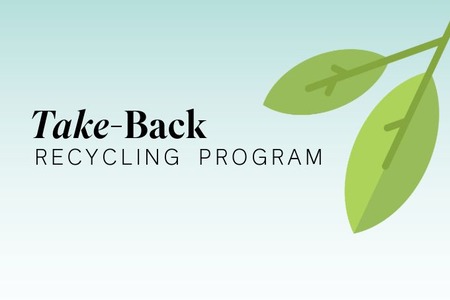
Kutch’s textile legacy on display at CP Art Centre in Chennai
YarnsandFibers News Bureau 2015-08-26 11:00:00 – ChennaiAn exhibition being held at CP Art Centre in Chennai presenting beautifully embroidered kanchalis or festive blouses vie for attention with exquisite chaniya cholis and dupattas of Kutch is not just an array of bright clothes but the story of Kutch's textile legacy, and the people who are working to preserve the craft. The exhibition to continue till 27 August.
In the late 1960s when Kutch experienced a severe drought, Chandaben Shroff travelled to the famine-struck region on a relief project. That's when she saw the exquisite embroidery done by the women there, said Hiral Dayal, one of the trustees of Shrujan, an NGO established by Chandaben in 1969 to help the craftswomen of Kutch.
Chandaben adopted a village, and 30 of its craftswomen, and started Ahir embroidery. The women there used cotton thread but the colour bleeds so they began buying silk. Today, Shrujan gives work to 3,000 women in 120 villages in Kutch. They make kurtas, blouse pieces, cholis, sarees, dupattas and bags, all covered in beautiful embroidery. It is sold all over India through exhibitions, though they also have four shops — two in Mumbai, one in Ahmedabad, and another in Kutch. They work with 12 communities doing 16 different kinds of embroidery.
The embroidery of Kutch is a legacy, one that has been handed down over generations from mother to daughter. Each tribal group and community in the area has its own particular style of embroidery. The Harijan community that came from Pakistan in 1972 specialises in Soof and Khaarek embroidery. In Soof, they count the threads and do the embroidery on the back of the cloth, and it always has geometrical designs, which is done from the corners of the cloth. Khaarek is done in the same style, but the work is done from the centre to the sides.
The work is painstaking. It takes craftswomen about five months to embroider a choli, and nine months to fashion the heavy chaniya cholis. The Muslim community can do five types of embroidery — Chopad, Gotaav, Katari, Mukko and Mutwa Pakko — in one product, and that takes almost one year to do the full set, said embroidery designer Datta Sawant.
Shrujan, to cater to the modern market has modified the motifs and colour palettes. The traditional colours are red, green, blue and orange, but they have introduced pastels, since they get a lot of foreign clientele.
Chanda Shroff is the first Indian woman to win the Rolex Award, and she wants to use the funds she received to set up the museum, which will showcase the embroidery of the region. About 700 embroidery panels have been created. Each style of embroidery has been done in different colour schemes, and these panels will be exhibited in the museum.
They will also be conducting workshops in block print, Ajrak print, wood carving etc and will also be teaching other artisans how to do the different kinds of embroidery.
A museum, Living and Learning Design Centre, will be inaugurated soon in Kutch in March 2016.
Market Intelligence
Ask for free sample Report

experience
Customer Base
dedicated team
Countries Served Worldwide









